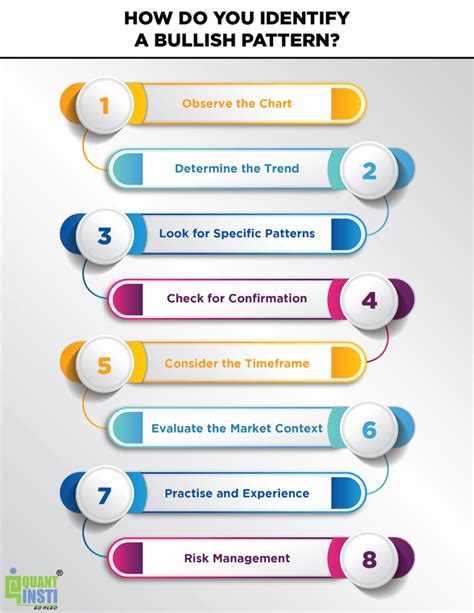How to identify bullish and bassist trends in cryptocurrency
Cryptocurrency, a digital or virtual currency that uses safety cryptography, has gained immense popularity over the years. With its volatility, high liquidity and wide adoption in several industries, it is not uncommon for investors to be trapped in the emotion of this space in rapid evolution. However, identifying bullish and bassist trends is crucial for making informed investment decisions.
What are bullish and bassist trends?
In finance, a trend is defined as a continuous pattern of price movements that indicate the direction or force of the value of an asset. In the context of cryptocurrency, bullish trends occur when prices increase rapidly, while bearish trends occur when prices fall abruptly. Identifying these trends can help investors make intelligent decisions about purchase and sale, reducing the risk of significant losses.
Why identify bullish and bassist trends?
Investors need to understand both types of trends for:
- Predict market movements : By identifying bullish and bassist trends, future price movements can predict and adjust your investment strategy accordingly.
- Minimize losses : Identify possible recessions helps investors to protect their capital by selling at the right time to obtain profits or overcome a trend.
- Maximize profits : Broid trends indicate that prices are likely to increase, providing an opportunity for investors to buy low and sell high.
How to identify bullish trends in cryptocurrency
Alcista trends can be identified through several indicators and technical techniques. Here are some key metrics to take into account:
- Relative resistance index (RSI) : It measures the magnitude of price movements, with RSI value above 70 that indicates overcompra conditions and a value below 30 that indicates overall conditions.
- Mobile averages : The candles that cross above the anterior candle indicate an upward trend, while those that cross below indicate a bassist trend.
- Bollinger bands : This technical indicator traces mobile averages against standard deviation values to help identify volatility.
- Support and resistance levels : Identify areas where prices tend to recover, indicating possible support or resistance levels for future price movements.
How to identify bearish trends in cryptocurrency
Batter trends can be identified through similar indicators:
- Relative Force Index (RSI) : A value of less than 30 indicates a bearish trend.
- Mobile averages : The sails that cross below indicate a bearish trend, while those that cross above indicate an upward trend.
- Bollinger Bands

: Crosses between the upper and lower bands may indicate bearish or bullish trends.
- Support and resistance levels : Identify areas where prices tend to retreat, indicating possible support levels for future price movements.
Tips for identifying bullish and bearish trends in cryptocurrency
- Stay informed : Continuously control market news, technical indicators and fundamental analysis to stay ahead of the curve.
- Use multiple indicators : Combine several indicators to obtain an integral vision of price movements and identify potential trends.
- Be a patient : Avoid making impulsive decisions based on short -term price fluctuations; Instead, grant in long -term trends.
- Diversify your portfolio : Disseminate investments in different cryptocurrencies and asset classes to minimize risk.
- Set in the loss arrest requests : Set a clear price level to sell assets to block profits or coverage losses.
Conclusion
Identifying bullish and bassist trends is crucial for making investment decisions informed in the cryptocurrency market in rapid evolution.